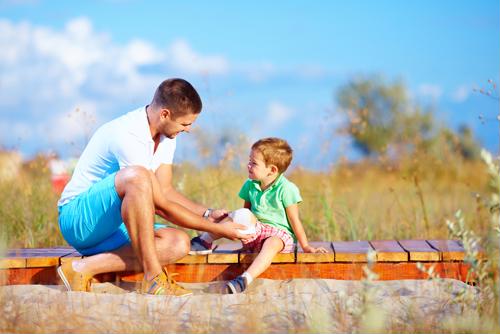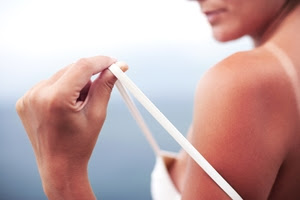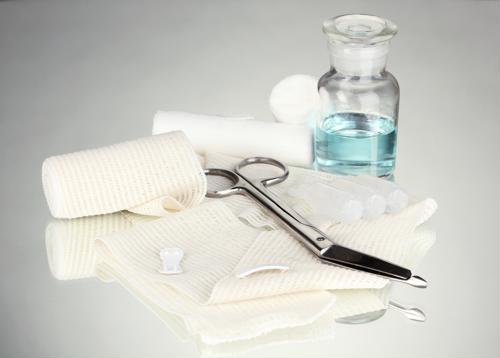With their fearless curiosity, your kids are bound to encounter tumbles, scrapes and other accidents on a relatively frequent basis. The resultant skin wounds are usually easy to treat at home, but occasionally a severe injury requires a trip to the doctor’s office or emergency room.
As a parent, you’re the all-knowing superhero in your kids’ eyes. Keep these wound care tips in your back pocket so you know how to react when your little ones look to you for help.
 It’s all fun and games until they fall and get hurt. Parents should know how to care for common skin wounds.
It’s all fun and games until they fall and get hurt. Parents should know how to care for common skin wounds.For cuts and scrapes:
If there’s bleeding, start by applying pressure with a clean cloth until it stops – usually anywhere from three to 15 minutes, according to Parents magazine. Elevating the injured area above their heart can also help stop the bleeding.
Next, flush the wound with lukewarm water and gently clean the affected area with soap. Don’t use alcohol or hydrogen peroxide because the former can sting badly and the latter can damage the skin, as noted by Parents magazine. Apply an antibiotic ointment and cover the wound with a bandage.
KidsHealth® advised seeking professional medical advice for cuts and scrapes that won’t stop bleeding, as well as those that are considerably large, deep or gaping.
For splinters:
Use a sterilized pair of tweezers to carefully remove the wood or other foreign objects. Once removed, flush the wound thoroughly with soap and water. Call the pediatrician if you cannot remove the splinter completely.
For puncture wounds:
The American Academy of Pediatrics does not advise removing larger objects, such as knives or sticks, from a child’s wound. Call 911 immediately so a medical professional can remove the object.
For burns:
Do not apply ice, butter, grease or ointments to fresh burn wounds. Instead, hold the affected area under cool water or cover with a cold, wet towel for about 10 to 15 minutes to ease the pain and reduce inflammation. If blisters develop on the skin, do not break them. You can apply an antibiotic cream or aloe to soothe the burn as it heals. If you notice severe or consistent redness, swelling, tenderness and discharge, contact your pediatrician.
In the event of more serious injuries, talk to your child’s pediatrician about iPak by Innovative Outcomes to get wound care supplies delivered straight to your home. With unit-dose package and video tutorials, iPak makes it easy to practice proper wound care at home. Your little one will recover in no time with you and iPak on call!





